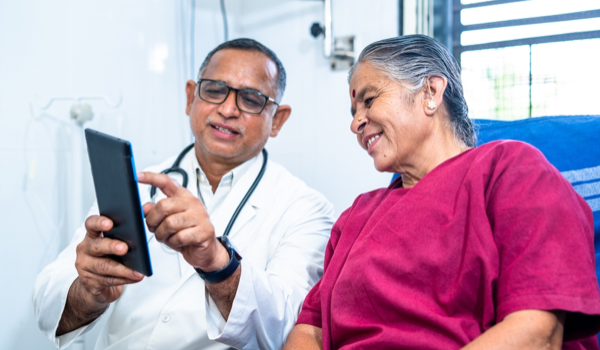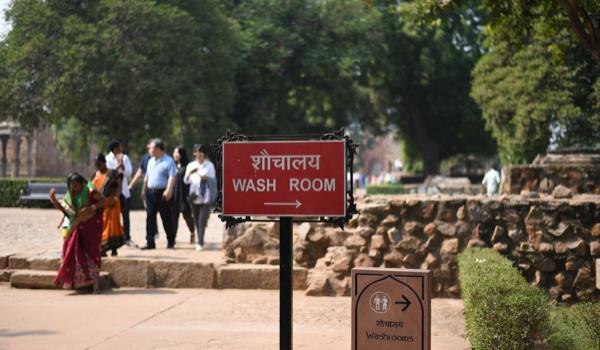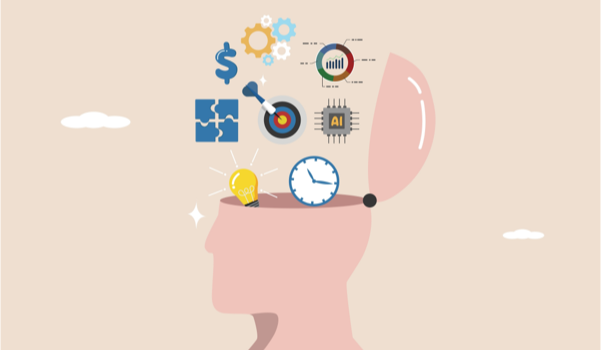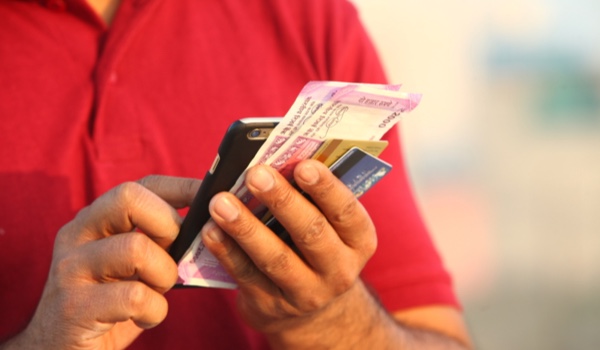


DENVER, COLORADO -
"If we're not careful, we will soon be in a post-antibiotic era… and for some patients and for some microbes, we are already there." - Tom Frieden - director of the United States Centers for Disease Control and Prevention, 2017
The scope of the problem: "The world is running out of antibiotics…"
The first case of penicillin resistance was reported in 1947, less than 20 years after its discovery by Sir Alexander Fleming. The first case of Methicillin-resistant Staphylococcus aureus was identified in the United Kingdom in 1962. Vancomycin (developed in 1972) was once seen as being an impossible drug to develop resistance to but, by 1979 the first case had been confirmed.
The 1950s and 1960s are sometimes described as being the ‘golden age’ of antibiotics, with 50 percent of the antibiotics still in use today being developed during this period. By the 1980s, however, new antimicrobial development had begun slowing to a snail's pace.
In 2017, the World Health Organization (WHO) issued a report titled ‘The world is running out of antibiotics…’ It looked at the antimicrobials in clinical development, which showed a concerning lack of efficacious new antibiotics under development for treating antimicrobial resistance (AMR). WHO Director-General Dr Tedros Adhanom Ghebreyesus classified AMR as a global health emergency and a serious threat to progress in medicine. Epidemiological research shows a direct correlation between antibiotic consumption and the development of resistant organisms.
According to a 2019 United Nations’ report, resistant pathogens could result in over 10 million deaths by 2050 and cost around USD10 billi
The content herein is subject to copyright by The Yuan. All rights reserved. The content of the services is owned or licensed to The Yuan. Such content from The Yuan may be shared and reprinted but must clearly identify The Yuan as its original source. Content from a third-party copyright holder identified in the copyright notice contained in such third party’s content appearing in The Yuan must likewise be clearly labeled as such. Continue with Linkedin
Continue with Linkedin
 Continue with Google
Continue with Google







 2126 views
2126 views









